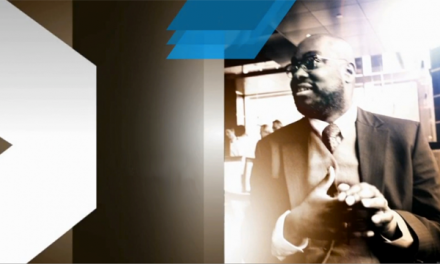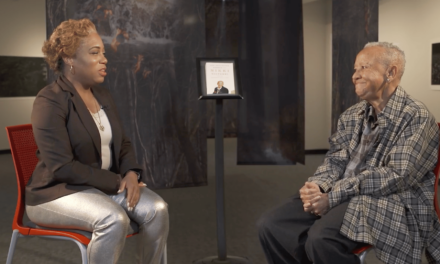This Week on American Black Journal:
Two Detroit nonprofits offer resources for people experiencing homelessness during the holidays
The holidays are a lonely time for the homeless and disadvantaged, a population that’s increased across Michigan over the last few years for myriad reasons. Many are alone with no family and friends, they don’t have a warm house to call their own, and they may not know where their next meal is coming from. Between 2021-2022, Michigan’s homelessness rate grew by 8% across the state. In Southeast Michigan — Oakland, Macomb and Wayne counties — homelessness grew by 31%. Data for 2023 has not been released yet as of this report.
Host Stephen Henderson talks with the CEOs of two Detroit nonprofits about the current state of homelessness and poverty in Detroit and how their organizations are working to provide help and hope for the less fortunate during the holidays and beyond. Dr. Chad Audi, president and CEO of Detroit Rescue Mission Ministries (DRMM), and Linda Little, president & CEO of Neighborhood Service Organization (NSO), share information on the growing number of individuals and families who are homeless as a direct result of the COVID pandemic, evictions, job loss, and inflation.
They discuss the programs offered to the homeless and disadvantaged by their respective organizations and the need for more affordable housing to alleviate the homeless crisis. They also talk about food insecurity, the difference between panhandlers and the homeless, and how people can help these two nonprofits help others.
20 Contemporary artists create masterful tapestry of Black life at new Cranbrook Art Museum exhibit
In a celebration of Detroit’s diverse artistic heritage, the Cranbrook Art Museum has unveiled a new exhibit, “Skilled Labor: Black Realism in Detroit.” The exhibit, on display at the museum through March 3, 2024, spotlights a community of 20 contemporary artists who have devoted the past decade to redefining the representation of the Black body in art. Rejecting stereotypical depictions, these artists explore the nuanced spectrum of Black life, capturing moments of joy, intimacy, reverie, danger and tension through their unique approaches and inspirations.
“Skilled labor” also takes on new meaning at the exhibit as it poetically refers to these Detroit artists who engage in the process of artmaking. Reflecting a rigorous intellectual process, the exhibition draws a parallel between the artists’ technical prowess and the legacy of generations of Black skilled labor workers who have left an indelible mark on the city of Detroit. Co-curated by Detroit artist Mario Moore, the exhibit not only rethinks art history and culture but also highlights the unique sense of place, community, and networks of support found in Detroit.
One Detroit contributor Sarah Zientarski sat down with artists Ijania Cortez, Jamea Richmond-Edwards, Mario Moore and Conrad Egyir to talk about how the exhibit explores the portrayal of the Black body, what the term “skilled labor” means to them, and why it’s important to showcase African American representation in this way. Plus, they share what they each bring to Detroit and delve into the creative process behind their artwork.
Stay Connected:
Subscribe to Detroit Public Television’s YouTube Channel & Don’t miss American Black Journal on Tuesday at 7:30 p.m and Sunday at 9:30 a.m. on Detroit Public TV, WTVS-Channel 56.
Catch the daily conversations on our website, Facebook, Twitter and Instagram @amblackjournal.
View Past Episodes >
Watch American Black Journal on Tuesday at 7:30 p.m. and Sunday at 9:30 a.m. on Detroit Public TV, WTVS-Channel 56.




